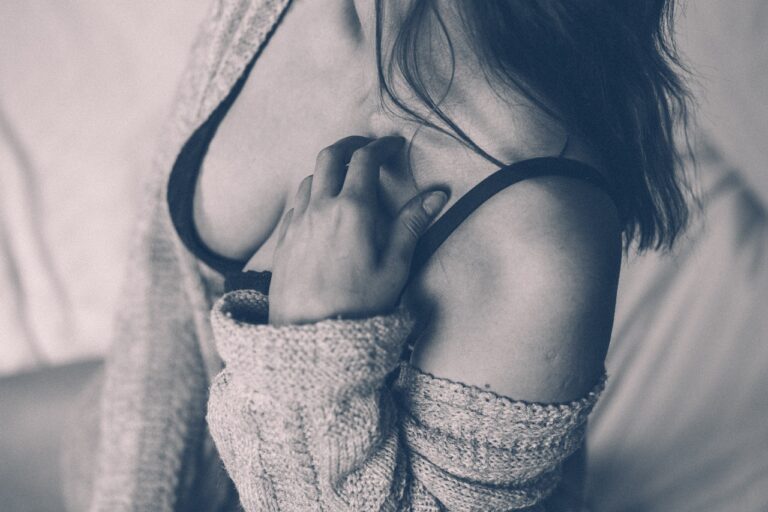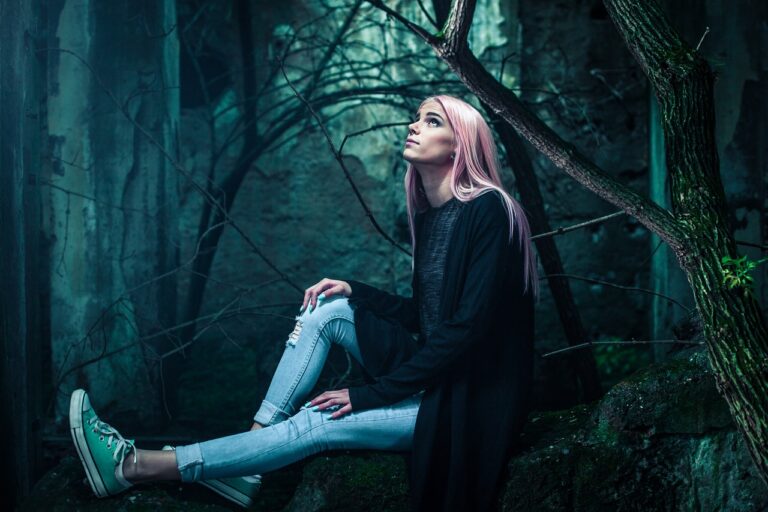Fashion and Film: Costume Design in Period Dramas
Costume design in film dates back to the early days of silent cinema, where costumes played a crucial role in conveying character traits and storylines to the audience. In the black-and-white era, costumes were primarily designed to stand out and make characters easily recognizable to viewers. As color film became the norm in the mid-20th century, costume designers were able to play with a wider palette and create more intricate and detailed costumes to enhance the storytelling on screen.
The Golden Age of Hollywood in the 1930s and 1940s saw the rise of iconic costume designers such as Edith Head and Orry-Kelly, who became synonymous with creating elaborate and glamorous costumes for leading actors and actresses of the time. Their contributions to costume design not only elevated the visuals of films but also influenced fashion trends of the era. As the film industry evolved, costume design continued to play a vital role in shaping the visual identity of characters and bringing authenticity to different time periods and settings depicted on screen.
The Impact of Costume Design on Character Development
Costume design plays a pivotal role in shaping the essence of a character on screen. Through the meticulous selection of clothing, accessories, and overall aesthetic, costume designers have the power to visually communicate a character’s personality, background, and even their intentions. Every fabric choice, color palette, and style detail is a deliberate decision that can offer insight into the character’s journey and internal world. In this way, costume design goes beyond mere aesthetics and becomes a powerful tool for character development.
Furthermore, the synergy between costume design and character development extends beyond the visual realm. When actors don their character’s attire, they often experience a transformation that informs their performance. The physicality and mannerisms of the character can be influenced by the costume, allowing performers to embody the role more authentically. This symbiotic relationship between costume design and character development enhances the storytelling by bringing characters to life in a multidimensional way, ultimately enriching the audience’s viewing experience.
The Influence of Historical Accuracy in Period Dramas
Period dramas have long been a popular genre in film and television, transporting audiences to different time periods with their elaborate costumes and settings. The influence of historical accuracy in these period dramas is crucial in immersing viewers in the story and creating a believable world for the characters to inhabit. Authentic costumes can help evoke the time period being portrayed, lending credibility to the narrative and enhancing the overall viewing experience.
When costume designers meticulously research and recreate historical clothing, they can bring a sense of realism to the production. Attention to detail in fabrics, colors, and styles of each outfit can help establish the setting and provide visual cues about the characters’ backgrounds and social status. By staying true to the fashions of the era, costume designers can set the tone for the entire production and help transport audiences back in time, making the story more compelling and engaging.
Why is historical accuracy important in period dramas?
Historical accuracy is important in period dramas because it helps to create a sense of authenticity and immersion for the audience. It allows viewers to feel like they are truly experiencing a different time and place.
How does costume design contribute to historical accuracy in period dramas?
Costume design plays a crucial role in achieving historical accuracy in period dramas. By carefully researching and recreating the clothing styles of a specific time period, costume designers help to transport viewers back in time.
Can historical inaccuracies detract from the overall quality of a period drama?
Yes, historical inaccuracies can detract from the overall quality of a period drama. Inaccurate costumes or settings can be distracting for viewers who are familiar with the time period being depicted, and can take away from the overall experience of the film or TV show.
How can filmmakers balance historical accuracy with creative storytelling?
Filmmakers can balance historical accuracy with creative storytelling by prioritizing accuracy in key elements such as costume design, while allowing for some artistic license in other areas. By striking a balance between historical authenticity and creative interpretation, filmmakers can create period dramas that are both engaging and accurate.





